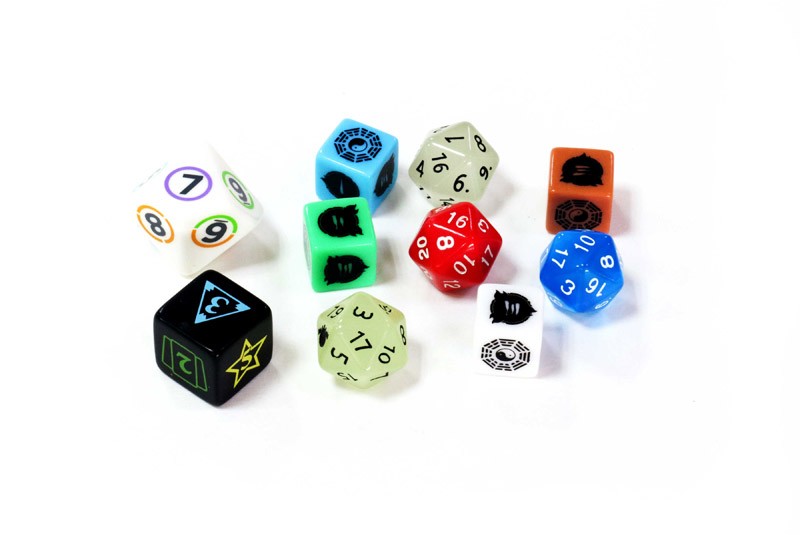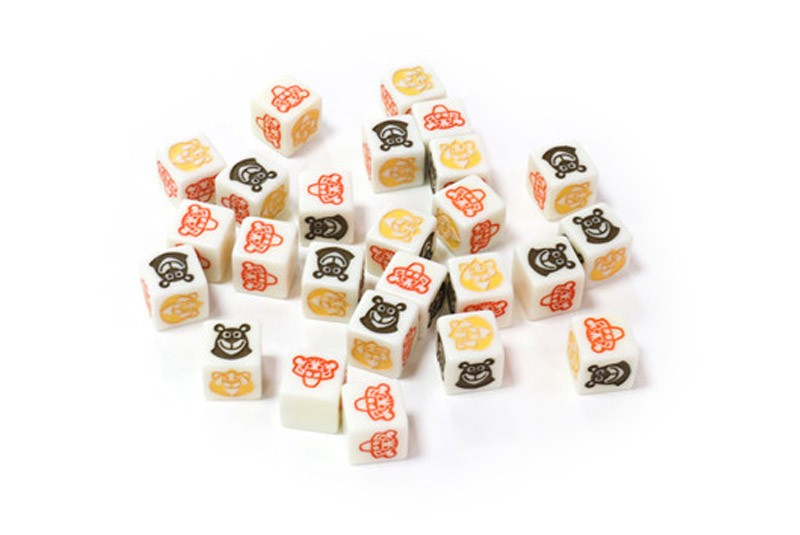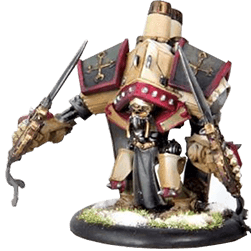Apr. 27, 2022
Dices are almost as old as mankind itself. They are the oldest known game instrument in the world and are still popular today. Everyone from the ancient Egyptians and Chinese to the Aztecs and Africans have played with them, and I find it amazing.
The ancient ancestor of the modern mold is the finger bone, or astragalus. By definition, an astragal is the ankle bone of a sheep or other even-footed animal. Who knew the world's oldest gaming device would come from a sheep?
Historians believe that early humans used them as magical devices to deduce the future. Life was tough back then. Our ancestors must have thought some good news from the future would cheer them up.
Of course, people soon found it more fun to gamble with them. So, they invented a game to keep the good times rolling.
Early cultures, including the Aztecs, Mayans, Africans, South Sea Islanders and Native Americans did just that. The history of dice shows that early cultures were made from pebbles, pottery, walnut shells, beaver teeth, peach stones, seeds and buffalo bones.
In Egypt, archaeologists have found evidence of ancient dice in tombs dating back to before 3000 BC. Meanwhile, other dredges excavating in China have contributed to the history of dice. They found cube-shaped dice, similar to the shape of modern 6-sided dice, dating back to 600 BCE.

Greek mythology suggests that Zeus, Poseidon and Hades gambled with astragals. Why? Well, to divide the control of the earth, of course! In ancient Rome, one of the popular Roman games was called "ten". It is still played in Europe and is called "Passe-Dix".
In those days, dice were mainly made of bone and ivory. However, the Greeks and Romans also constructed them from bronze, onyx, marble and amber.
Native American women enjoyed the game of dice more than men. Dice were carved from antlers, bones or kernels. The traditional Native American game usually involves throwing dice into a bowl, as in the game some people call Hubbubb.
Native Americans also use decorative 4-sided dice in their games. Native American games include a variety of different types of games.

Yes, our ancestors cheated. According to the history of dice, not only farmers, soldiers or merchants, but also emperors, generals and politicians. Wait, politicians were cheated? Shocking. I know. It seems cheating has a long history, too.
Written records from India date back to 1500 B.C. with Vedic hymns that mention cheating with loaded dice or magic boxes.
Any die that is not a perfect cube is called a "shape". Shapes are shaved off on one or more sides. As a result, it does not follow the correct mathematical odds when rolling. For simplicity, think of it this way: all loaded dice are curved, but not all curved dice are loaded.
Archaeologists have found evidence of dice cheating in ancient Egypt, Asia and North and South America. They have also recovered loaded dice from the ruins of Pompeii, Italy. It seems that cunning people had the same idea.

You'll find them in casinos, board games and video games. They are referenced or revered throughout popular culture. The terminology has become jargon. Phrases like "roll the dice" or "don't roll the dice" appear frequently in artwork, song lyrics and everyday conversation. They have been around for thousands of years, but are as popular as ever.
If you would like to purchase your own unique custom dice, please contact us.
Previous: None
Next: Math Games in Cards Help Children Exercise Their Intelligence
